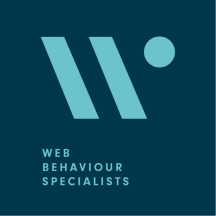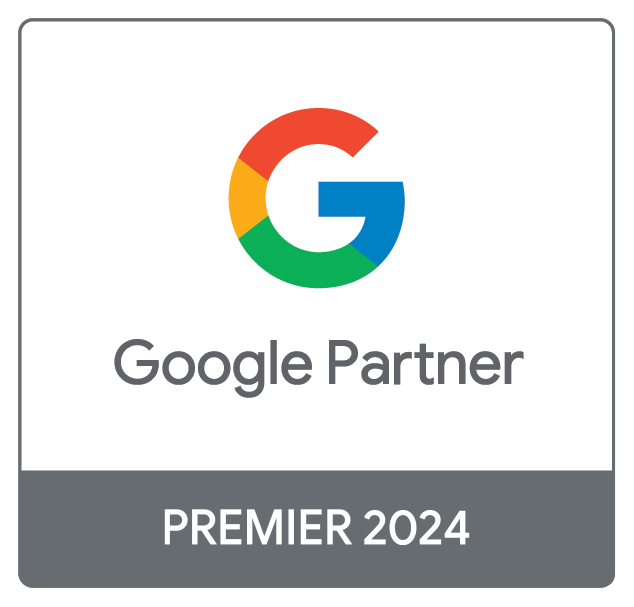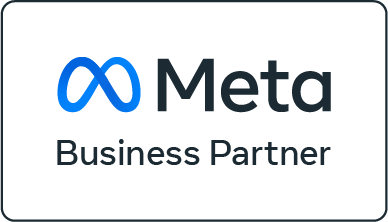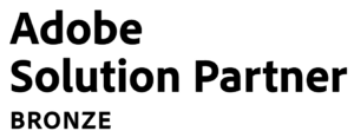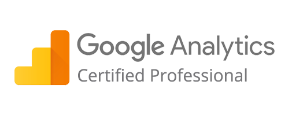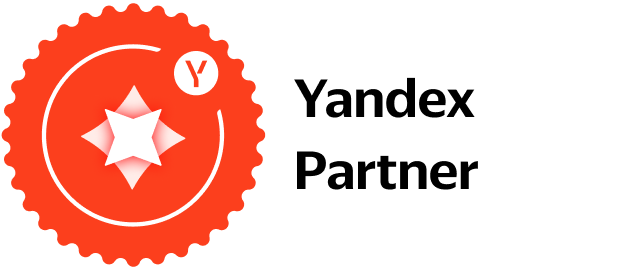Last year was very challenging for B2B marketers. Traditional ways of doing things changed overnight. We saw many success stories from companies that quickly adapted. For example, technology companies changed their events to virtual. Delivery companies hired more people and enabled contactless deliveries, etc.
The change and shift in the B2B behaviour were already underway, pandemic just speeding it up. B2B marketers and sellers quickly realised that the way we engage with our customers has changed. Most likely forever and we expect this new reality to be permanent. To be ready for this moment and whatever comes next, businesses will have to undergo digital transformation.
Statistics
-
Buyer groups are growing – 43% of B2B purchases now involve 8 or more stakeholders
-
Research is intensifying – 94% of buyers are informed about a product before contacting the brand
-
Buyer expectations are higher – 76% say the ability to self-serve and complete purchases on their own is a top factor. Over 92% of them agree that virtual selling is effective, even for complex purchases
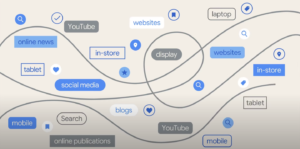 Data shows that buyers needs are evolving. The purchase journey is more complicated than ever before. The buyer journey is not linear anymore, buyers discover, educate, compare – all on their own. Buyers are conducting this journey digitally, much more quickly than we saw in the past. When buyers are reaching out to sales, they are much more sales-ready.
Data shows that buyers needs are evolving. The purchase journey is more complicated than ever before. The buyer journey is not linear anymore, buyers discover, educate, compare – all on their own. Buyers are conducting this journey digitally, much more quickly than we saw in the past. When buyers are reaching out to sales, they are much more sales-ready.
Marketers realised that they need to reach buyers much earlier during the buying cycle and it’s their responsibility to meet customers where they are in their customer journey.
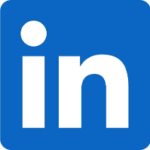 Even though LinkedIn is the most popular social media platform for B2B marketers, it has become an effective tool for generating B2B leads that many businesses haven’t explored.
Even though LinkedIn is the most popular social media platform for B2B marketers, it has become an effective tool for generating B2B leads that many businesses haven’t explored.
According to the latest stats, LinkedIn’s lead conversion rates are 3x higher than other major ad platforms but only 10% of B2B marketers are investing in LinkedIn.
Is LinkedIn really effective? Yes!
- 93% of B2B marketers consider LinkedIn to be the most effective site for lead generation
- More than 80% of social leads for B2B are generated on LinkedIn
- 51% of companies acquired a B2B customer through LinkedIn
But how do you actually get leads from LinkedIn? Take a look at the 5 advanced strategies for lead generation on this platform.
Drive high-quality leads with best-class targeting
Targeting is a foundational element of running a successful advertising campaign — getting your targeting right leads to higher engagement, and ultimately, higher conversion rates.
LinkedIn targeting is differentiated because members are incentivized to keep their profiles accurate and up-to-date for networking, personal branding, and job opportunities. With LinkedIn, you can reach a quality audience composed of influencers, decisions makers, and executives.
This means you can target members using profile-based demographic information, re-target visitors from your website, or upload lists of contacts or companies for your account-based marketing efforts. On LinkedIn, you can reach members using demographic targeting options such as:
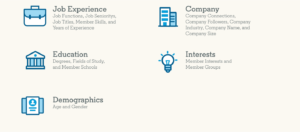 job experience (job functions, job seniority, job titles, member skills, years of experience)
job experience (job functions, job seniority, job titles, member skills, years of experience)- education (degrees, fields of study, member schools)
- demographics (age, gender)
- company (company connections, followers, industry, name, size)
- interests (member interests, member groups)
Additional options like Audience Expansion and Lookalike audiences deliver your content to members who are similar to your target audience in their Demographics and Interests. This increases the scale and reach of your campaign by delivering your ad to additional members who may be interested in your content.
Engage with customers that matter most to your business with Matched Audiences
In addition to rich Demographic Targeting, Matched Audiences helps you engage key accounts, prospects, and customers that matter most to your business. You can use LinkedIn to retarget your website visitors, market to your known contacts from your databases and marketing automation platforms, and reach decision-makers at target companies for your account-based marketing programs.
Re-engage your website visitors with Website Retargeting. Target your website visitors with LinkedIn ad campaigns by adding the LinkedIn insight tag to your web pages, such as your homepage or contact us page. With Website Retargeting, you can create audiences based on the pages they visit on your website and recapture your visitors’ interest with content relevant to the pages they viewed.
Reach decision-makers at your target accounts with the Account Targeting. With Account Targeting, you can run account-based marketing (ABM) campaigns by matching your target companies against the 8+ million LinkedIn Pages. Combined with LinkedIn’s Demographic Targeting, Account Targeting allows you to guide decision-makers along their buying journey and ultimately drive sales and qualified leads.
Integrate or import your contact lists with the Contact Targeting. Contact Targeting allows you to build a customised audience by connecting your contact management platform or securely uploading a list of email addresses. At this time, LinkedIn supports data integrations with Marketo, Eloqua, Liveramp, Salesforce, Pegasystems and Microsoft Dynamics, however, new partners are added frequently. Alternatively, you can upload a CSV file with a list of email addresses directly into Campaign Manager.
Top tips
- DON’T Lump all of your buyer personas into one campaign
- You’ll likely see poor campaign performance if you use just one campaign to target professionals in different countries, from different continents, and in unrelated industries and functions. If your target audiences are all lumped together, you’ll have trouble personalizing your content for each stakeholder group.
- DO Make sure your buyer personas are clear and well-defined
- Break out key personas into separate campaigns and group together the options that make sense, including related industries, geographies and job functions. This will help you deliver the right messaging to a specific subset of LinkedIn members.
- DON’T Hyper-target your campaigns
- It’s tempting to use every targeting feature possible. However, a limited scale will hurt your campaigns.
- A/B Test Your Targeting
- By testing two similar campaigns with one small variation in your targeting options, you can see which combination is more effective. To perform an A/B test on your targeting, create a campaign, duplicate it, and then slightly alter your targeting parameters.
- Use demographics reporting to analyze your audience
- Available in your account dashboard, demographics reporting enables you to optimize the targeting of your campaigns with information on who’s responding to your offer. After you have accumulated enough campaign data, demographic reporting provides detailed insights about the professionals who have clicked on your LinkedIn ads broken down by Job Title, Job Seniority, Company Industry, Job Function, Company Size, and Location. This will enable you to see how your content is performing with different subsets of your audience.
By utilizing LinkedIn’s rich demographic data as well as your own data with Matched Audiences, you’re better equipped to connect with those who matter most to your business.
Use lead generation forms to generate high quality leads at scale
Lead Gen Forms are customizable, pre-filled forms that allow members to share their LinkedIn profile data with advertisers in just a couple of clicks. They are a great solution for marketers looking to generate qualified leads through their LinkedIn ads.

Why should you use them?
- Generate high-quality leads at scale
- Drive a high volume of qualified leads at a conversion rate that outperforms standard campaigns.
- Prove the ROI of your lead gen campaigns
- Track your campaigns’ cost per lead, lead form fill rate, and the number of leads you’re getting from specific professional audience segments.
- Access and manage your leads with ease
- Download your leads from Campaign Manager or integrate with your preferred marketing automation or CRM tools.
Tips
- Make sure images and copy are relevant throughout. For example, if you are asking members to sign up for an infographic, make sure you either send them the infographic via email or link it on the “thank you” page.
- Less is more. If opens are high but leads are low, it could be that you have too many fields. We recommend using 5 fields at most.
- Be direct, and verify that your messaging matches the CTA. Keep in mind, Lead Gen Forms are bottom funnel. Be upfront with the value the member is getting by giving their information.
- Try not to include fields requiring manual input.
 Phone number and gender, or fields that may not be listed on a member’s profile, require the member to manually type their information in before submitting. To keep conversion rates high, ask for information that is likely to be on their profile.
Phone number and gender, or fields that may not be listed on a member’s profile, require the member to manually type their information in before submitting. To keep conversion rates high, ask for information that is likely to be on their profile.
Choose the relevant ad formats for the prospects you are targeting
With Sponsored Content, you can select any target audience and engage them with native posts that fit in their personal LinkedIn feeds.
Why sponsored content?
- Engage with highly viewable & shareable content
- Reach more of your target audience with your marketing budget where they are spending their time – in the feed
- Achieve your goals – whether a member is casually shopping, researching a purchase decision or is ready to buy, sponsored content delivers strong results no matter if you’re looking for awareness or lead generation or something else
With Sponsored Content, you can choose the format that best suits your audience and objectives. For best results, use a mix of video, image or a series of images:
- Single image ad – capture attention with a powerful visual
- Carousel ad – tell a story with a swipeable series of cards
- Video ad – captivate your audience with sight, sound and motion
Let’s take a look at the best types of content for each stage of the customer journey.
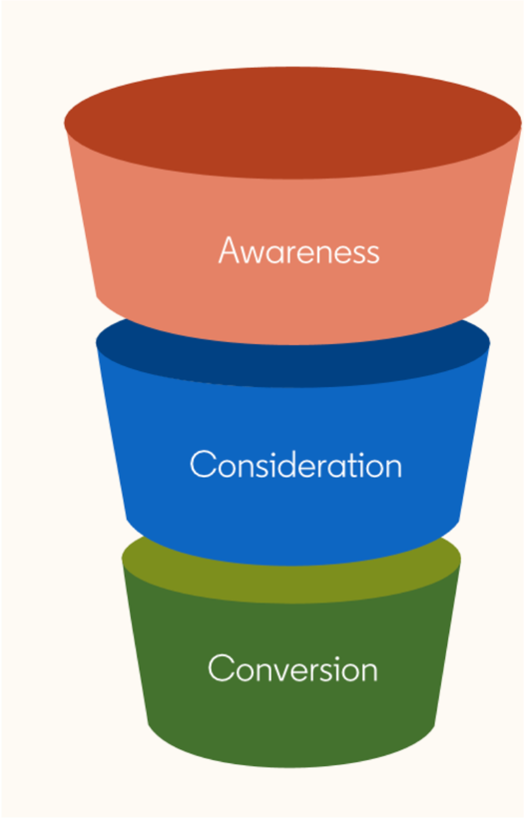 Awareness:
Awareness:
- Employee insights: Look within your organization for experts who can help your audience with their challenges and teach them how to solve them. Share compelling and relevant inside knowledge to increase your influence and credibility.
- Industry trends: Help your audience prepare for what’s next. Use proprietary data to produce a study, or simply speak to trends in your audience’s industry and make predictions on the future.
Consideration:
- Templates: Give plug-and-play templates on how to use your product that will make their job easier.
Conversion:
- Vendor evaluation guides: Help your audience save time evaluating multiple products or vendors.
- Customer case studies: When customers become advocates, leverage their stories, testimonials (and logos) as proof of success.
Content
Remember – your content is competing for attention with your target audience’s whole professional network. So see here some tips:
- Make it highly relevant: In our tests, calling out the target audience (e.g. “Marketers”) resulted in 19% higher CTR and 53% higher Conversion Rate.
- Thought-provoking messaging: Ask your audience an engaging question that piques curiosity and forces them to stop and think.
- Call out pain points: Empathize with your audience and offer them solutions to top-of-mind problems.
- Use “You” in your copy: Make the member feel like you’re speaking to them one on one – rather than making a public announcement.
- Negative Framing: Minimizing losses can sound more believable and motivating than increasing winnings.
- Clear call to action: Give thought to which words or buttons you will use to drive action. For example, posts with the call to action “Register” outperformed “Join” on internal tests and generated 165% more clicks. When in doubt, A/B test.
- Choose words that inspire action
- Include a link in the intro text/post copy: It may seem like duplication but adding another touchpoint for clicks tends to drive more engagement. The URL will automatically shorten once the post is saved.
- Keep it concise: If you overload people with information initially, they will tune out. So avoid drop-offs and truncation by using less than <100 characters (including URL) in your post copy.
- Use A/B testing: Create different versions of copy, image, CTA and run your campaign with the one that performs the best. Remember to test just one variable at a time.
- 4-5 ad creatives at a time: This will ensure your content is fresh and timely with your audience. Members can see up to 5 unique creatives at a time in a 48-hour window
Image
A powerful, eye-catching image will help your content stand out in the feed. Remember – unexpected, custom images generate higher engagement.
- Invest in great images: bright, eye-catching and original
- Use recognisable logos or public figures: They can immediately grab attention for their notoriety
- Feature people: they tend to get higher engagement than graphics or inanimate objects
- Show and tell: Use a photo or video to show off your product and its key features
- Large text: Make sure any text on your images is large enough to read on mobile.
Video
A study by LinkedIn found that videos under 30 sec reported a 200% lift in view completion rate
- Make it thumb-stopping: Show what you want your audience to see in the first 1-5 seconds of the video. Viewer attention drops after that point.
- Use a variety of visuals to keep it dynamic: Deliver your message with graphics, people and text that extend viewer attention span.
- Try out different video lengths per objective: Keep videos under 30 seconds for brand awareness and brand consideration goals.
- Use subtitles: A large portion of LinkedIn members will watch your content with the sound off.
Leverage LinkedIn for Events
Events are an important piece of the B2B marketing mix. Why?
- Nearly 3 out of 4 B2B professionals say the importance of hosted events is increasing
- 84% of leadership believe in-person events are a critical component of their company’s success
- 91% of B2B marketers are investing in event marketing to grow their sales pipeline
With the pandemic and cancellations of tradeshows as well as face-to-face interactions, or B2B companies, the role of virtual events became more critical than ever. They help B2B marketers achieve their brand and lead generation goals.
- Foster the customer experience – strengthen relationships while engaging with your brand first-hand
- Create demand – engage prospects and generate leads
- Drive advocacy – take advantage of personal interactions that build loyalty
Social media is the most effective channel for promoting events and LinkedIn became one of the most popular platforms to do so.
It’s important to impact the entire event journey so don’t forget to create content at each stage of the event journey!
Content at each stage of the event journey
- Before to promote and amplify:
- Make it easy and obvious how to register
- Spotlight calibre of key speakers
- Speak to the exclusivity of the event
- Use deadlines and registration windows to convey urgency
- Give behind the scenes glimpse into production using photos and videos
- Post a video with highlights from similar previous events
- Post visual testimonials about previous events
- Create an event hashtag
- Share teaser slides from event presentations
- During to drive engagement:
- Take videos of speakers
- Craft articles/blogs based on discussions within the event
- Create a hashtag for the event and encourage attendees to use it on LinkedIn
- Keep an eye on the conversation happening on LinkedIn and repost relevant content
- After to extend the conversation:
- Compile top 10 takeaways from key speakers
- Take videos of speakers with messaging around: missed this event… we have another one coming up…
- Package gated content, i.e. exclusive video or webinar for those that missed the event
- Get quotes from speakers with images and use with CTA for the next event registration
- Thank the partners that supported the event
- Ask for feedback from attendees
And most importantly, use lead generation forms to simplify event registration.
We run over 300 campaigns on LinkedIn in the last 12 months across many industries, focusing on awareness, website traffic or lead generation. If you would like to discuss LinkedIn advertising options for you, please get in touch!
